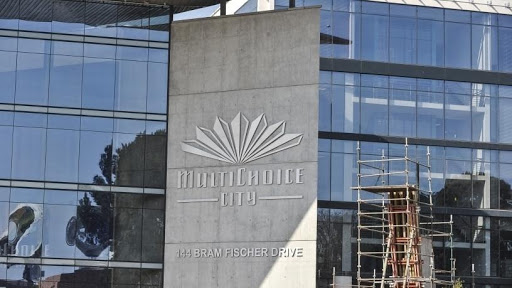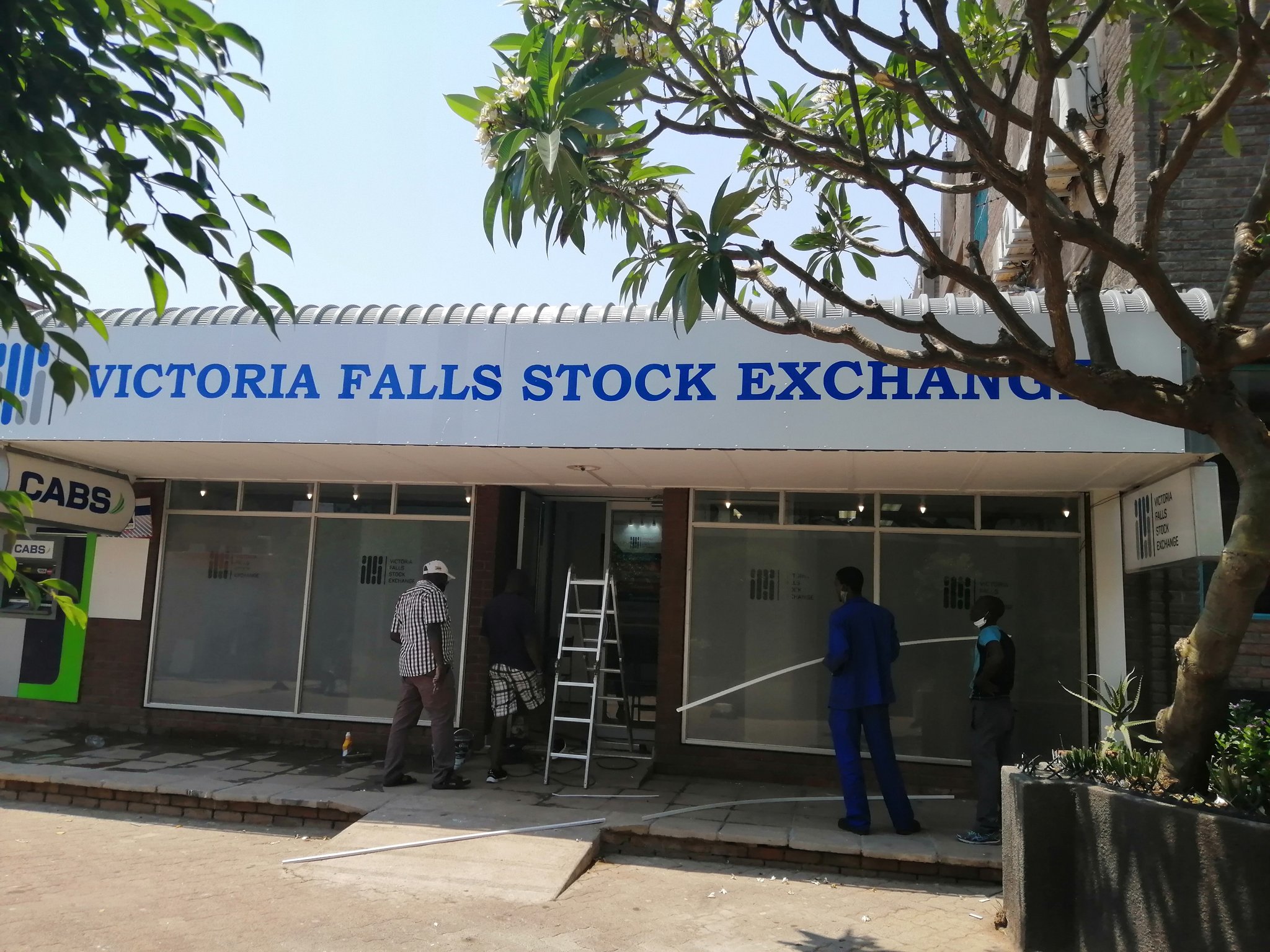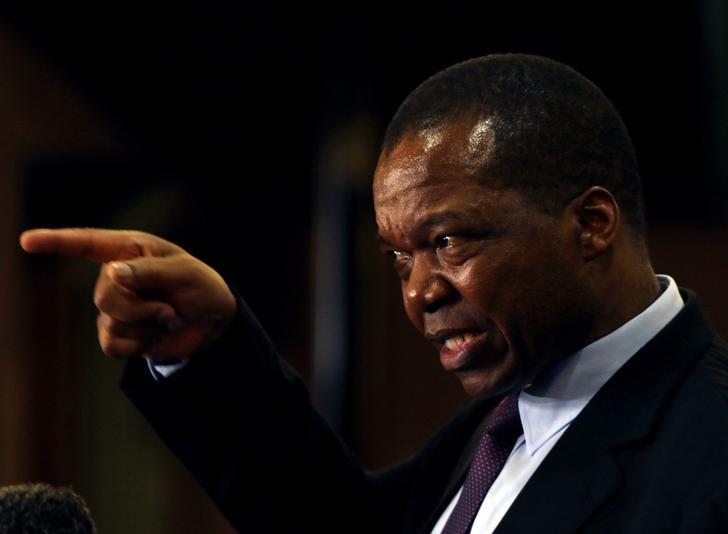‘Inflation heading the right way’
Zimbabwe’s central bank has projected inflation to take a massive dip in June and July, as it continues to trend down, anchored by exchange rate and price stability; the latter especially after a good farming season.
And so the bank is optimistic the economy will achieve targeted growth of 7,4 percent on account of a good policy environment, stable exchange rate and the fast declining annual inflation, seen around 55 percent by July.
But, while the World Bank in its economic update for Zimbabwe, acknowledged Zimbabwe’s economy will expand, but settled on a conservative rate of 3,9 percent, after a Covid-19 induced contraction of 8 percent in 2020.
A World Bank economist differed sharply with the central banks forecast, during a session to review the global lender’s update report, saying Zimbabwe’s inflation will close the year around 86 percent.
The central bank projected earlier this year that the country’s headline inflation rate will drop below 10 percent by the fall of 2021.
Reserve Bank of Zimbabwe (RBZ) governor John Mangudya said in an interview this week that there was little headroom for inflation to edge higher after a good rainy season and a bumper crop harvest this year.
Zimbabwe’s annual inflation rate reached a post dollarisation high of 837 percent in July last year. Since then the rate of price increases has dropped rapidly, as industry accessed low priced forex from the auction.
The inflation surge last year rekindled memories of the hyperinflationary era of 2008, when the annual rate touched the 500 billion percent. The rate has, however, trended down since the auction was introduced last July.
The Zimbabwe dollar now trades around $84 to the greenback, a range it has maintained since September-October 2020, after gradually losing ground since being floated at $2,5/US$1 in February 2019.
Dr Mangudya said a bumper harvest, following a good rainy season, will keep price inflation under check, meaning there will be no importation of key commodities like the staple maize meal, which drives inflation.
The central bank chief said the prevailing exchange rate stability, which has seen relative price stability since introduction of the foreign exchange auction system last year, would further underpin inflation fall.
On its part, Dr Mangudya said, the central bank has pledged that it will maintain an ironclad grip on its current conservative monetary policy to prevent rapid money supply growth, which may spur price increases.
He said the economy was now on a rebound on account of the good policies and planning by the incumbent administration, as well as the now largely stable Zimbabwe dollar exchange rate and falling inflation.
“We have enough food (this year). It will not make sense for anyone (for instance) to increase the price of mealie meal. Our food inflation is anchored on a good agricultural season,” the central bank governor said.
“It means inflation will continue to go down from 162 percent in May 2021 to about 102-103 percent in June, 2021.
“After that, July inflation should go down significantly to about 55 percent,” Dr Mangudya said.
He said the projections were premised on the view that nothing will push inflation other than non-food items.
“The weight of food inflation (in the consumer basket) will reduce the weight of non-food inflation”.
“We want to make sure we continue to benefit from the (current stable) trajectory. We will continue to tighten the money supply, we want to make sure it will not increase unnecessarily,’ Dr Mangudya added.
The central bank governor stressed the bank’s assumption that the obtaining economic situation will drive industrial activity and increased local production of goods to avoid the propensity to import key products.
He said roughly, 65-75 percent of goods now sold in local supermarkets were being manufactured in the country. As such, Dr Mangudya said the RBZ will continue to avail forex to industry through the auction system.
“The auction has provided a dependable source of foreign currency. This means that (business) people can plan with certainty. Business sentiment is very high and that is what we want to drive production,” he said.
After a year of operating the foreign exchange system, the monetary authorities contend that it was self-evident the central bank had the capacity to sustain the auction system while ensuring adequate supply of forex.
He said a number of underlying factors support his assertions. These include the fact that exports have been growing driven by a global commodity price boom. Diaspora remittances have also performed extremely well.
“The external sector fundamentals are right for us to continue to get adequate foreign currency required to feed the auction and support industry for key imports,” Dr Mangudya stressed.
The governor noted that the usage of free funds had greatly assisted in quenching the appetite for foreign currency needed for key imports and key products including raw materials, equipment and machinery.-ebusinessweekly.c.zw









